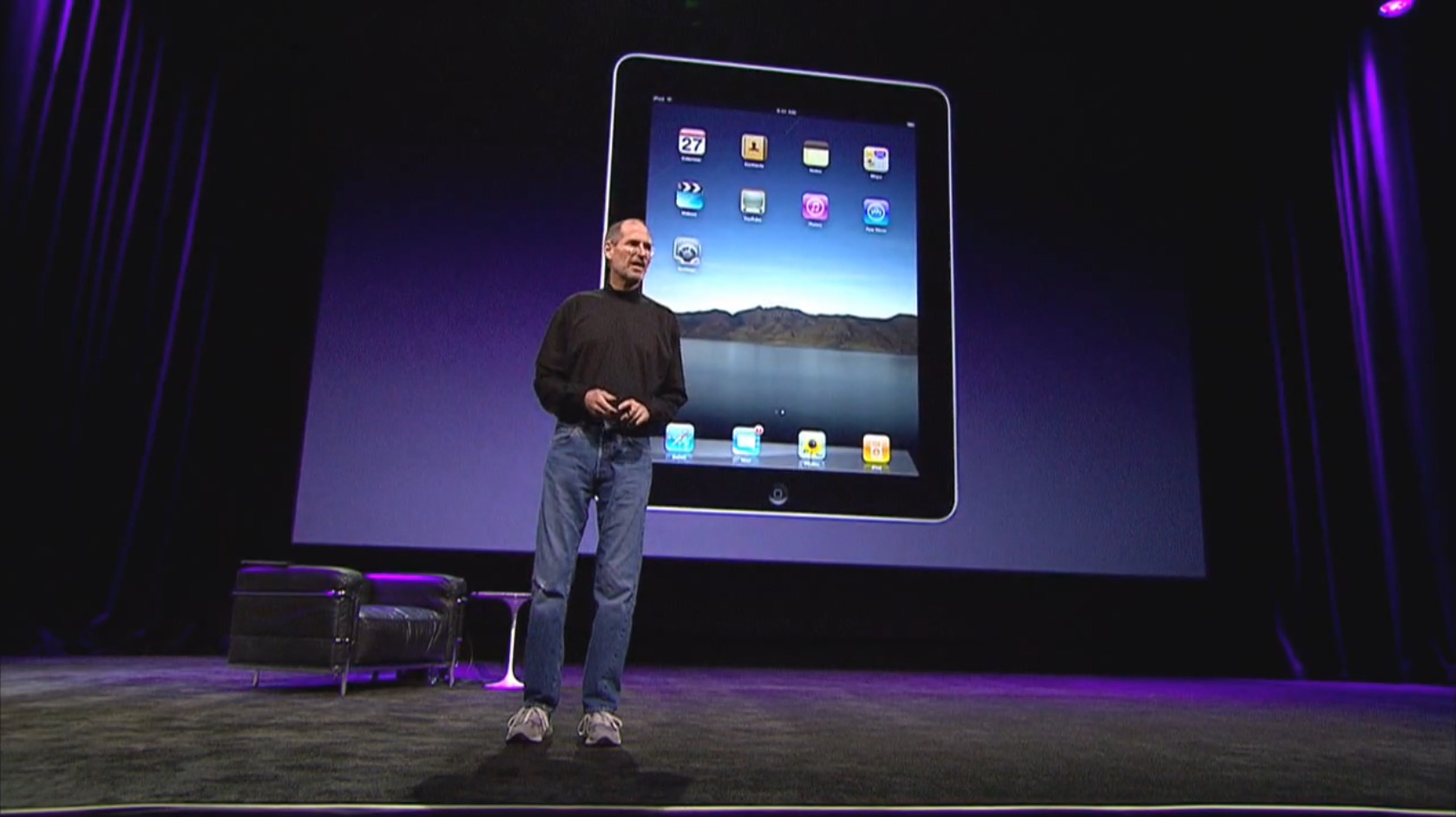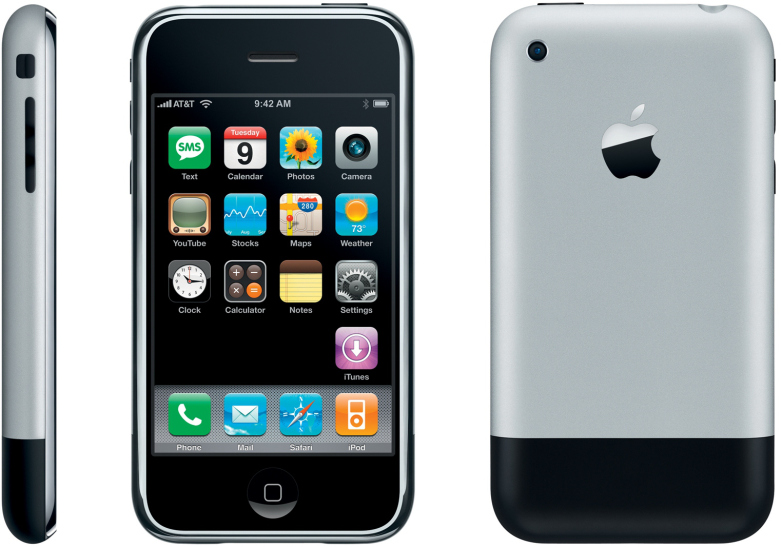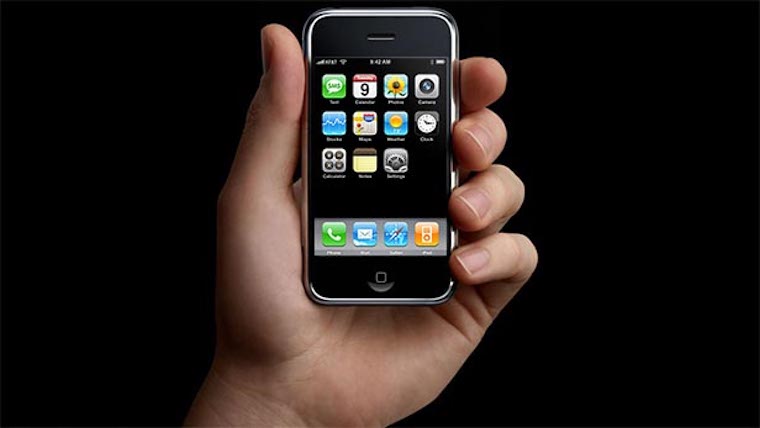On June 29, 2007, Apple, i.e. Steve Jobs, introduced the very first iPhone, which literally changed the world and determined the direction phones would take in the following years. The first Apple phone was extremely popular, as are virtually all subsequent generations, until today. After 15 years of development, we currently have the iPhone 13 (Pro) in front of us, which is incomparably better in every way. Let's look together in this article at 5 things in which the first iPhone was timeless and became so successful.
It could be interest you
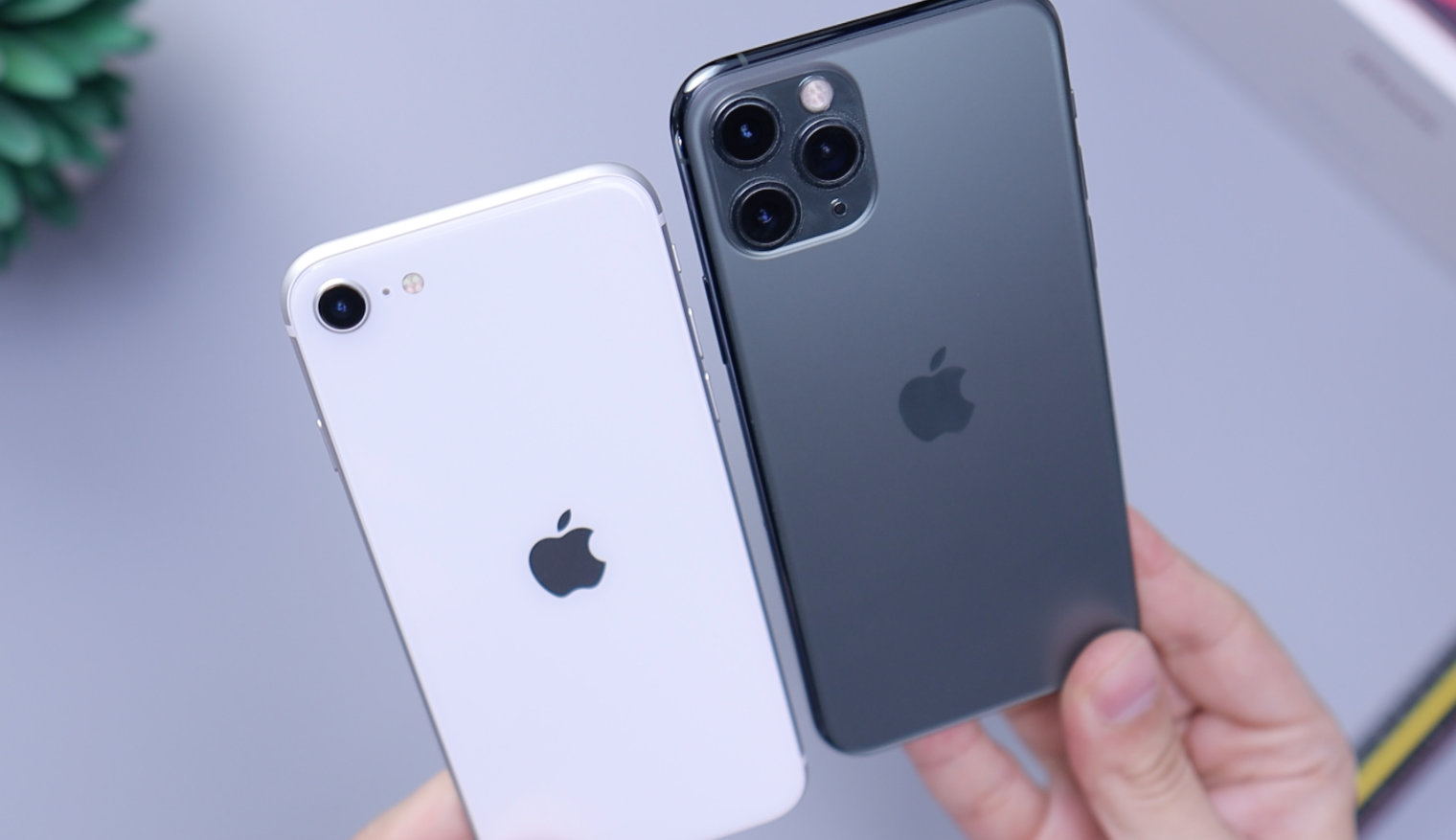
No stylus
If you used a touch screen before the first iPhone was redesigned, you always touched it with a stylus, a kind of stick that made the screen respond to touch. This was necessary because most devices at the time used a resistive display that did not respond to the touch of a finger. The iPhone was subsequently the first to come with a capacitive display that could recognize finger touches thanks to electrical signals. In addition, the capacitive display of the first iPhone also supported multi-touch, i.e. the ability to perform multiple touches at once. Thanks to this, it became more pleasant to write or play games.

A decent camera
The very first iPhone had a 2 MP rear camera. We're not going to lie, the quality definitely cannot be compared with the latest "thirteens", which have two or three 12 MP lenses. However, 15 years ago, this was something completely unimaginable, and the iPhone completely destroyed all competition with such a high-quality rear camera. Of course, even before the first apple phone was rebuilt, there were already camera phones, but they certainly weren't capable of creating such high-quality photos. Thanks to this, phone photography has also become a hobby for many users, who have started taking photos more and more often, anytime and anywhere. Thanks to the high-quality display at the time, you could then simply view the photo directly on it, and you could also use gestures to zoom in, scroll between photos, etc.
It could be interest you
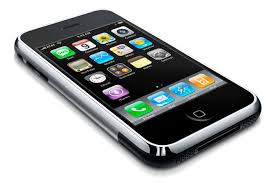
It didn't have a physical keyboard
If you were born before 2000, you most likely owned a phone with a physical keyboard. Even on these keyboards, after years of practice, you could write very quickly, but typing on the display can be even faster, more accurate and more comfortable. Even before the introduction of the first iPhone, the possibility of writing on the display was somehow known, but manufacturers did not use this possibility, precisely because of resistive displays, which were also not accurate and not at all capable of immediate response. Then when the iPhone came with a capacitive display that offered multi-touch support and tremendous accuracy, it was a revolution. At first, many individuals were skeptical about the keyboard on the display, but in the end it turned out that it was a completely correct step.
He was without unnecessary things
At the beginning of the "zero" years, i.e. since 2000, every phone was simply different in some way and had some difference - some phones were slide-out, others flip-up, etc. But when the first iPhone came, it didn't have any such peculiarity. It was a pancake, without any moving parts, which had a display with a button on the front and a camera on the back. The iPhone itself was unusual for that time, and it certainly didn't need an unusual design, as it attracted attention precisely because of how simple it was. And no quirks were out of place, because Apple wanted the iPhone to be as easy to use as possible and to be able to simplify everyday functioning. The Californian giant simply perfected the iPhone – it wasn't the first phone capable of connecting to the Internet, for example, but it was a phone you actually wanted to connect to the Internet with. Of course, we fondly remember the unusual phones from the beginning of the millennium, but we wouldn't trade current phones for anything.
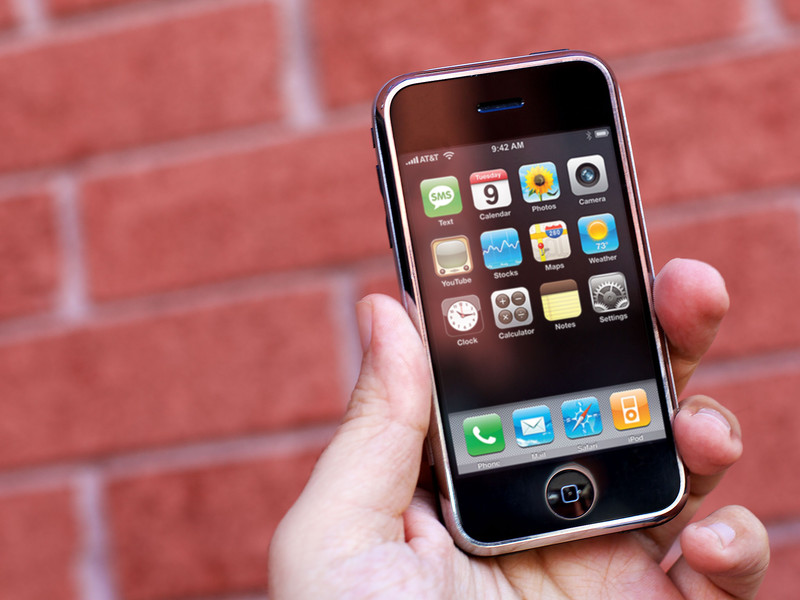
Simple design
I already mentioned on the previous page that the first iPhone had a really simple design. Most phones from the '00s definitely wouldn't win the best looking device award. Even though manufacturers tried to produce phones with a certain design, they often prioritized form over functionality. The first iPhone was introduced in the era of flip phones and represented a complete change. It didn't have any moving parts, it didn't move in any way, and while other phone manufacturers saved by using cheap materials in the form of plastics, the iPhone made its way with aluminum and glass. The first iPhone was thus very elegant for its time and changed the style that the mobile industry followed in the following years.
It could be interest you
